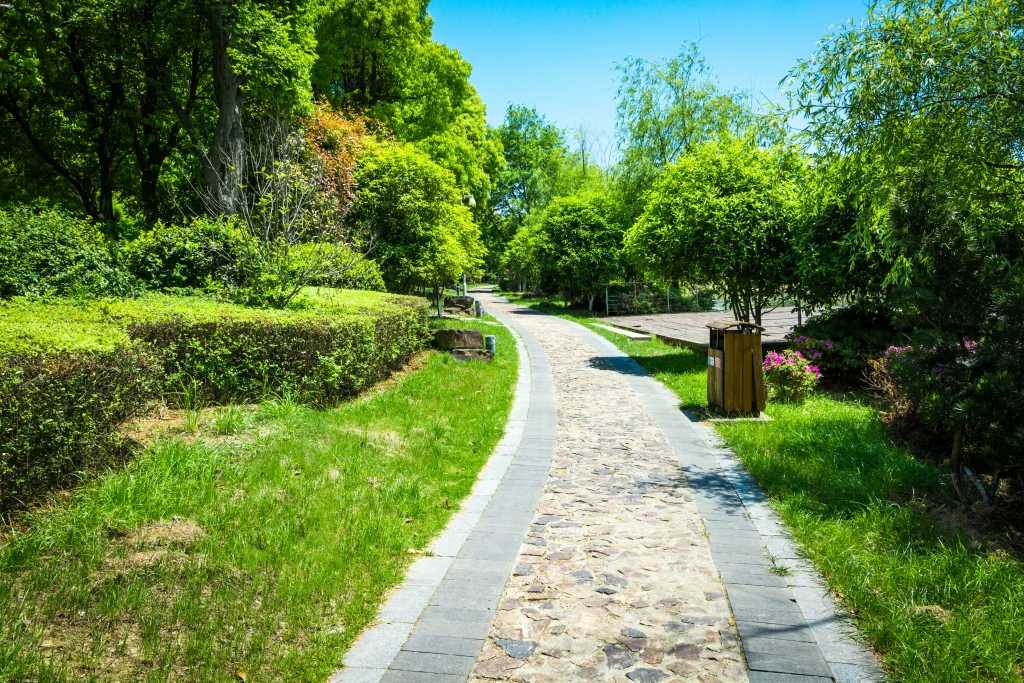Spring flower landscaping is about more than just adding pops of color; it’s a way to rejuvenate your outdoor spaces and create a stunning landscape that welcomes the season with open arms. From cheerful tulips to elegant daffodils, the right flowers can transform your yard into a lively, inviting haven.
In this blog, we’ll dive into creative ideas to incorporate flowers into your spring landscape, whether you’re looking to enhance your garden beds, brighten up walkways, or add bursts of color to your front yard.
For Denver homeowners, professional guidance can make all the difference in crafting a design that thrives in the unique local climate. That’s where Mile High Lifescape comes in – your trusted partner for turning spring landscaping dreams into reality. Let’s get started!
Why Choose Spring Flower Landscaping for Your Yard
5 Benefits of Flower Landscaping
Starting a flower garden has so many great benefits! Here are 5 important reasons why you should start your very own flower garden today. Let’s dive in and see what makes it such a great idea!
Attracts Pollinators like Bees and Butterflies
Honey bees and butterflies love flower gardens because flowers provide them with nectar, their main source of food. While collecting nectar, these helpful insects also pick up pollen from the flower’s stamen (the plant’s male part). When they visit another flower of the same kind, they leave the pollen on the pistil (the female part), which helps the plant grow seeds and produce fruit.
This process, called pollination, is super important for growing the food we eat. Without pollinators like bees, we wouldn’t have fruits, vegetables, or many of the plants we enjoy.
Budget-Friendly Options
One of the best things about starting a flower garden is that it doesn’t have to cost much. Spring flower landscaping can be as affordable as you make it, and you don’t need fancy tools or expensive plants to get started.
Look around your garage or workshop for tools you already have. An old trowel will do the job just fine—you don’t need the latest one with a fancy grip. What matters is how much love and effort you put into your garden, not the tools you use.
You can also save money by starting with seeds instead of pre-grown plants. Seeds are much cheaper, and while they take a little extra time and care to grow, they give you the freedom to plant exactly what you want. With some patience and effort, you’ll have a beautiful spring flower landscaping project blooming in no time!
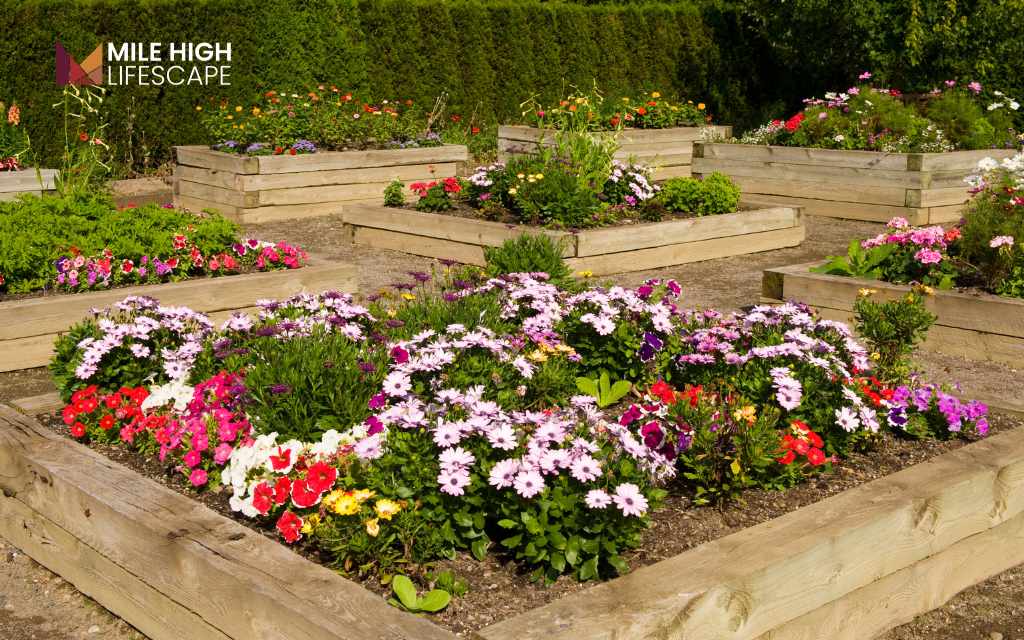
Boosts Your Home’s Curb Appeal
This one’s a no-brainer! A well-tended flower garden is a simple way to make your home look beautiful and inviting. Spring flower landscaping adds color and charm, creating a warm, welcoming feel that shows you care about your home and your neighborhood. It’s a great way to brighten up your space and share a little pride in your community!
Eco-Friendly and Sustainable Choice
Planting a flower garden is not just beautiful – it’s also great for the environment! Flowers use a process called photosynthesis to produce energy. During this process, they absorb carbon dioxide (CO2) from the air and release oxygen, helping to reduce CO2 levels and provide cleaner, fresher air. Even a small flower garden can make a positive impact!
Flower gardens also help protect the soil. The roots of the plants hold the soil in place, preventing it from washing or blowing away. This reduces soil erosion and helps preserve the land, making spring flower landscaping a smart and eco-friendly choice for your yard.
Offers Health and Wellness Benefits
Planting a flower garden isn’t just good for your yard—it’s great for your health too! Here’s how spring flower landscaping can benefit you:
- A Fun Way to Exercise: Gardening is a wonderful workout, especially for middle-aged and older people. Activities like digging, weeding, watering, and edging help build strength and flexibility.
- Boosts Your Immune System: Getting your hands in the soil exposes you to natural bacteria and microbes that help your body build a stronger immune system. Don’t worry about getting dirty—it’s actually good for you!
- Improves Your Mood: A flower garden’s bright colors and sweet scents can lift your spirits and help you relax. Spending time in nature is a proven way to reduce stress and feel happier.
Perfect Timing for Spring Flowers
The best time to plant flowers in spring depends on where you live. Check your USDA hardiness zone and the date of the last expected frost. In warmer areas, planting can often start in March, but if you’re in a colder northern zone, it’s best to stick to frost-tolerant perennials until you’re sure the risk of frost has passed.
If you want a bright display of spring flowers like daffodils, tulips, hyacinths, or snowdrops, the best time to plant those bulbs is in the fall. Plant them before the ground freezes, making sure the soil drains well and gets plenty of sunlight. Tulips, however, are a little different—they should be planted in late fall or early winter to help prevent tulip fire, a disease that can harm their leaves.
10 Popular Spring Flower Landscaping Ideas
Common Chokecherry
Prunus virginiana, or the common chokecherry, is a small tree or shrub that loses its leaves in the fall. People sometimes mistake it for chokeberry because their fruits look alike, but they are different plants.
Chokecherry fruits are packed with antioxidants, which are great for health. This plant also plays a big role in nature—it serves as food for caterpillars of many moth species, helping support local ecosystems. It’s a useful and beautiful addition to any garden!
Showy Milkweed
Showy milkweed might be toxic to dogs, cats, and horses, but it’s incredibly important for monarch butterflies and other pollinators. It provides them with a vital food source, making it a great plant for supporting wildlife.
While it can spread quickly and is often labeled a weed, showy milkweed has another surprising use! The soft, fluffy “floss” inside its pods works like goose down and is now being grown as a budget-friendly option for insulating jackets and sleeping bags. It’s a plant with a lot of unique benefits!
Common Lilac
The common lilac is a beautiful shrub that originally comes from the Balkan Peninsula. It blooms in the spring with sweet-smelling flowers that fill the air with their amazing scent. Lilacs grow well in rocky areas and tend to spread naturally over time.
Their blossoms aren’t just – they’re useful too! People use lilac flowers to flavor honey, sugar, and even some foods, making them a favorite in both gardens and kitchens.
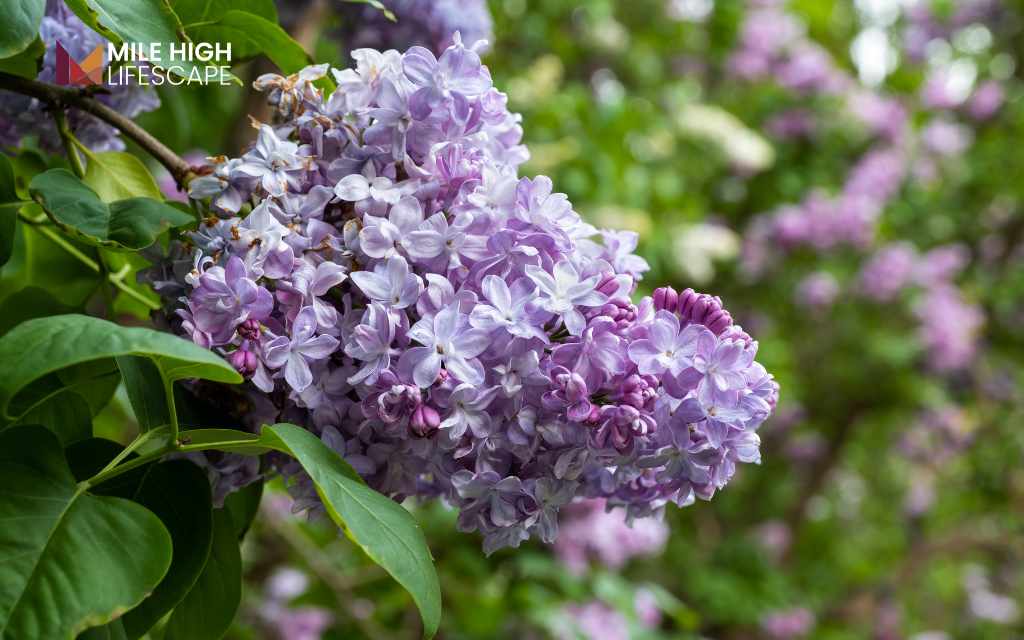
Catnip
Nepeta cataria, better known as catnip, is a plant that comes back every year. It’s often grown in gardens and is super popular for cats! Catnip is famous for making cats act playful and silly, so people like to use it to stuff toys or as a treat for their furry friends.
But it’s not just for cats—catnip is also great for people! It’s used to add flavor to herbal teas, juices, and even soups. This handy herb is a fun and useful addition to any garden!
Common yarrow
Common yarrow is a wildflower with feathery leaves and pretty blooms that can be white, yellow, or pink. In some cultures, it’s thought to bring good luck—like in China. In Scotland, people once believed it had magical powers!
Yarrow has been used to make tea, beer, and even liquors, but it’s important to only use it in small amounts because it can be mildly toxic. While its bitter leaves aren’t safe for pets or horses, other livestock can eat it, although it might make cow milk taste a little strange.
Yellow salsify
Yellow salsify is a wildflower with bright yellow blooms that open during the day and close up at night. When the flowers turn to seeds, they look like big, fluffy dandelion heads.
Although it’s pretty, yellow salsify can spread quickly and is sometimes seen as a weed in certain areas. Still, its cheerful flowers add a splash of sunshine wherever it grows!
Garden Petunia
Garden petunias (Petunia atkinsiana) are a popular hybrid flower created by combining two petunia species: P. axillaris and P. integrifolia. These colorful blooms are perfect for gardens because they’re easy to grow and can handle hot weather.
To keep garden petunias happy and thriving, make sure they get plenty of sunlight every day. With their bright, cheerful flowers, they’re a wonderful addition to any outdoor space!
Bluebell Bellflower
Bluebell bellflower, also called Campanula rotundifolia, is a beautiful purple flower shaped like a tiny bell. It’s also known as harebell, a name tied to an old legend. People once believed witches could turn into hares and bring bad luck to anyone they encountered.
Despite its spooky history, the bluebell bellflower is a lovely addition to any garden, adding charm and color to the landscape!
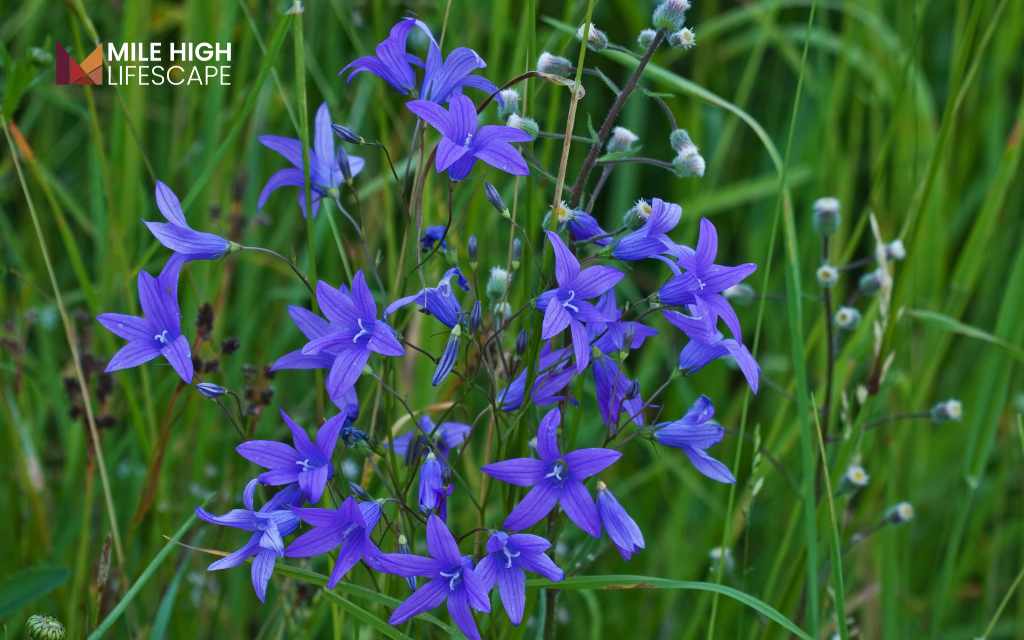
Black-eyed Susan
The black-eyed susan is a bright yellow flower with a dark center and curvy leaves. It’s popular in the Southern U.S. and loved for attracting butterflies to gardens. Over time, it has spread across North America and to many other parts of the world.
This cheerful flower is also the state flower of Maryland and holds a special place in the history of the University of Southern Mississippi. Black-eyed Susans are a beautiful and meaningful choice for any garden!
Colorado Blue Columbine
The Colorado blue columbine (Aquilegia coerulea) is a stunning flower first discovered on Pike’s Peak in 1820. It’s so special that it became the state flower of Colorado! Its soft blue color inspired its Latin name, “coerulea.”
This flower isn’t just pretty—it’s also great for wildlife. Hummingbirds, butterflies, and bees love visiting the Colorado blue columbine, making it a wonderful addition to any garden that celebrates nature.
Tips for Selecting Right Flowers for Your Yard
When planning your spring flower landscaping, it’s important to choose the right plants for your garden. Asking yourself these 4 simple questions can help you make smart choices and save money by getting it right the first time!
What Kind of Sunlight Does It Need?
Think about how much sunlight your flower bed or garden gets each day. Plants that love shade won’t survive in full sun, and sun-loving plants won’t do well in spots with less than 6 hours of sunlight. Choose flowers and shrubs that match the sunlight conditions in your yard to help them thrive.
Is It a Native Plant?
Local plants are more likely to survive and grow in your yard’s climate and soil. While it’s tempting to buy unique or exotic plants from the store, they may not last long if they aren’t suited to your area. Stick with native or well-adapted plants to save money and avoid replacing them later.
How Big Will It Get?
Before buying plants, know the size of your flower bed and check how big each plant will grow. Read the tags attached to your plants – they’ll tell you how much space they need when fully grown. Overcrowding your flower bed can make plants compete for sunlight and nutrients, leaving them unhealthy.
When Will It Bloom?
If all your flowers bloom only in summer, your garden might look boring during spring and fall. To keep your garden vibrant year-round, pick plants that bloom in different seasons.
Choose a few for spring, some that flower all summer, and others that bring color in the fall. Plants like coneflowers and black-eyed susans are great choices because they bloom for a long time, keeping your garden lively and colorful.
Where Should You Buy Your Plants?
Whenever possible, shop at a small, local nursery. These nurseries often have experts who know which plants thrive in your area and can give you great advice. Don’t hesitate to ask questions – they’ll help you make the best choices for your garden.
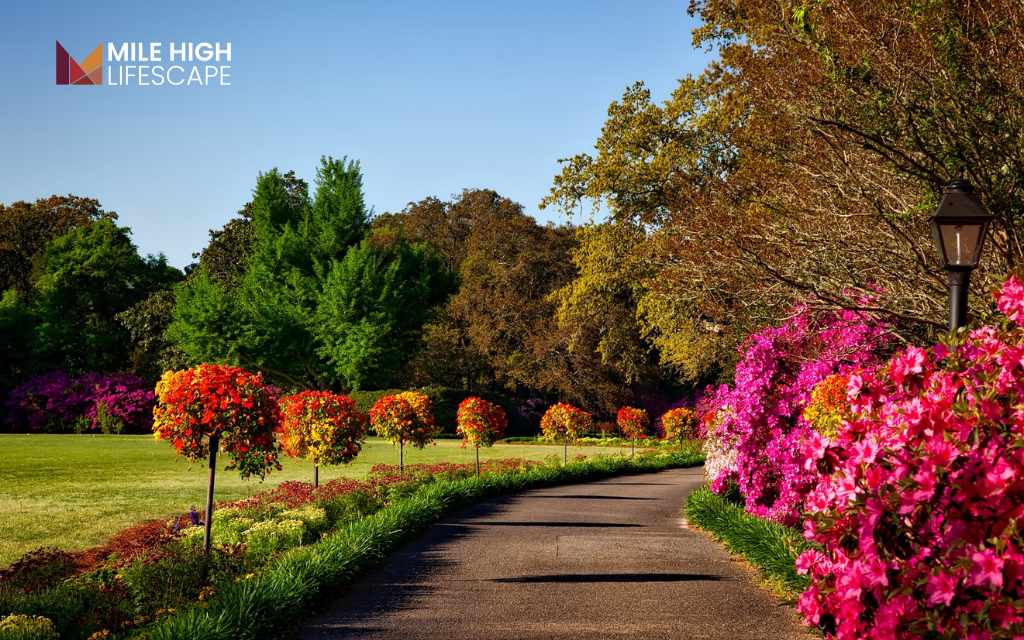
A Step-by-Step Guide to Planning a Spring Flower Landscaping
Spring is the best time to bring color and sweet fragrances to your yard by creating a stunning flower bed. Whether you’re a pro or just starting out, good planning is the key to success. Follow these simple steps to design a flower bed that will thrive in Indiana’s spring climate.
Spring flower landscaping is a fun and rewarding way to make your yard bloom with life. Follow these steps, and your garden will be bursting with color and beauty in no time!
Step 1: Pick the Perfect Spot
Choose a sunny location for your flower bed since most flowers need at least six hours of sunlight each day. Check the soil to make sure it drains well so water doesn’t pool and harm the roots.
Step 2: Decide the Size and Shape
Think about how big or small you want your flower bed to be. Use a garden hose or stakes to outline its shape. Play around with different designs until you find one that fits your yard perfectly.
Step 3: Prepare the Soil
Healthy soil is key to happy flowers. Clear the area of weeds, rocks, and debris. Loosen the soil with a fork or tiller, then mix in compost or aged manure to make it rich and ready for planting.
Step 4: Pick the Right Plants
Choose flowers that will thrive in Indiana’s spring weather. Look for a mix of heights, colors, and bloom times to create a vibrant, eye-catching garden. Native plants or ones suited to Indiana’s climate are a great choice for easy care.
Step 5: Arrange and Plant
Place taller plants in the back and shorter ones in the front to create a layered look. Experiment with different layouts before planting. Be sure to leave enough space between plants for good airflow and healthy growth.
Step 6: Mulch and Water
Add a layer of mulch to keep moisture in, block weeds, and maintain even soil temperature. Water your flower bed well after planting, and continue watering regularly to help the plants grow strong roots.
Step 7: Keep Up the Care
Check your flower bed often to pull weeds, clip off dead flowers, and keep it looking tidy. Fertilize when needed to boost growth, and watch for pests or diseases. With a little care, your flower bed will stay gorgeous all season long!

Conclusion
Spring flower landscaping is the perfect way to bring color, life, and charm to your yard. By selecting the right plants, preparing the soil, and arranging blooms thoughtfully, you can create a stunning outdoor space that’s both beautiful and eco-friendly. It not only enhances your home’s curb appeal but also supports pollinators like bees and butterflies, contributing to a healthier environment.
Whether you tackle the project yourself or rely on experts, spring flower landscaping sets the stage for a thriving, vibrant garden that you’ll enjoy all season long. Start planning today and let your yard bloom!
